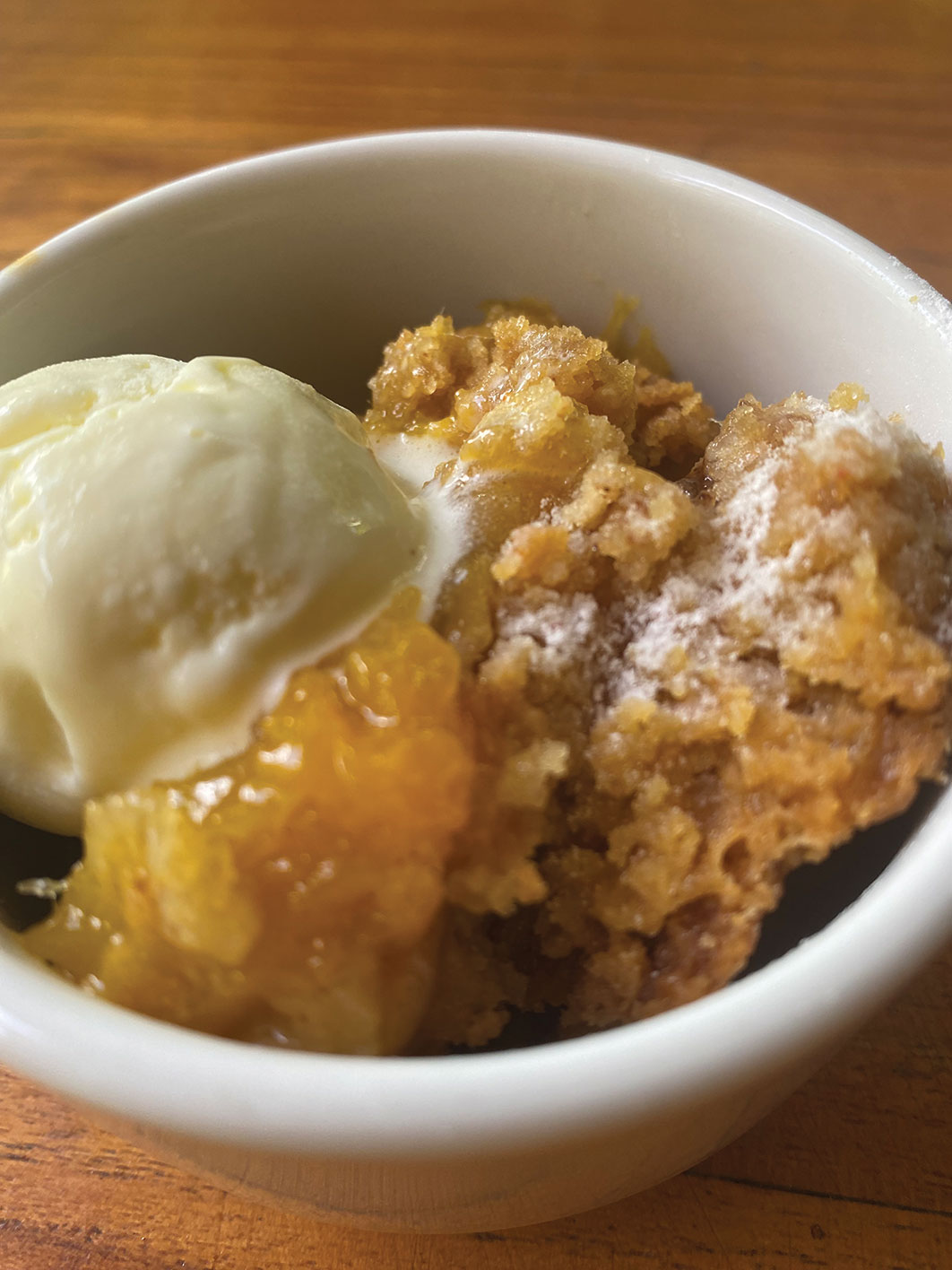Fresh Mango and Coconut Cobbler
Fresh Mango and Coconut Cobbler – Desiree Brassert An easy fruity dessert is always a good idea in times of abundance. Today we are using our luscious and exotic mangoes, but any fruit that combines sweetness with acidity such as berries, apples, pineapples or any combination thereof works beautifully. For
Read More
